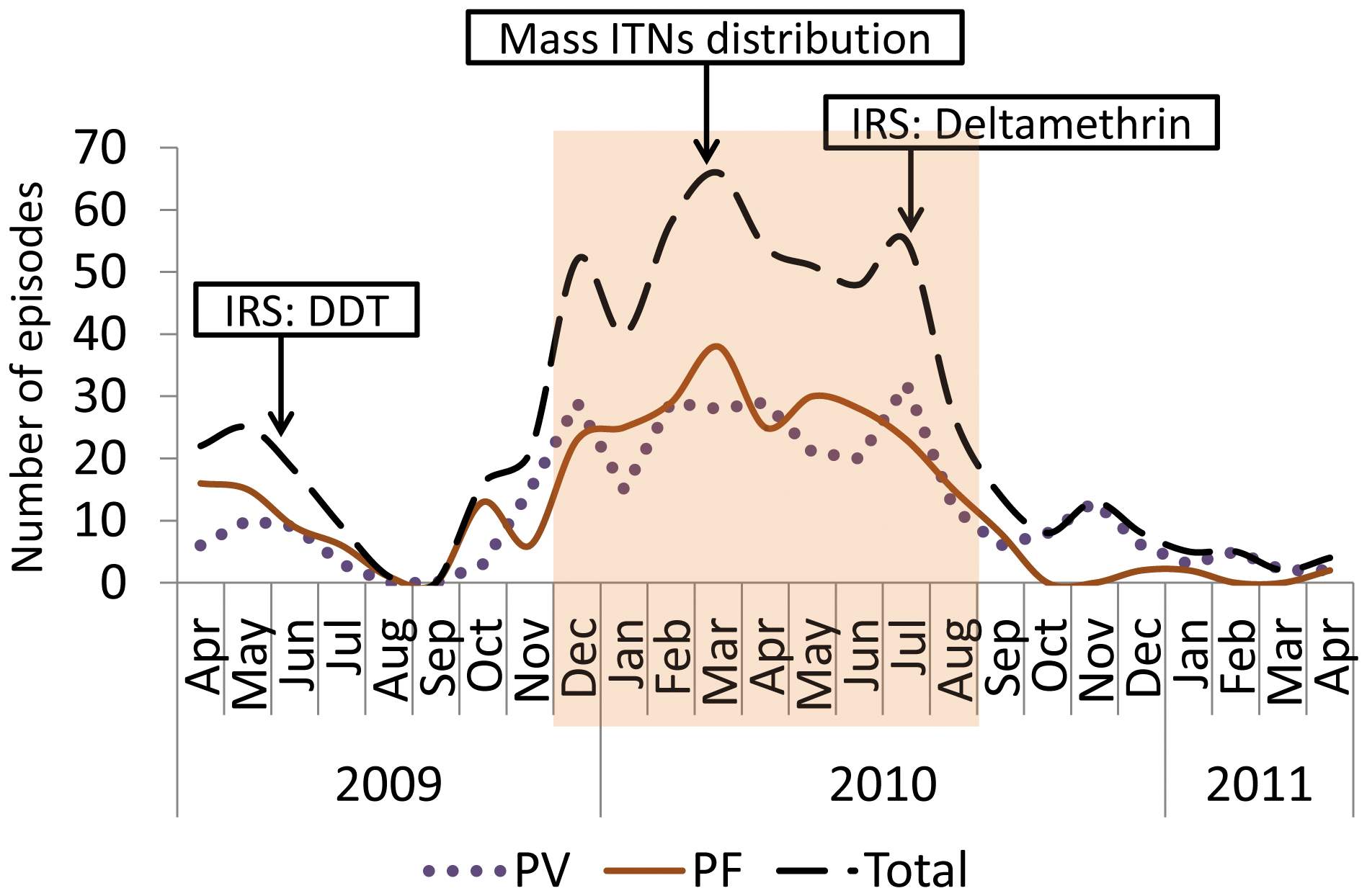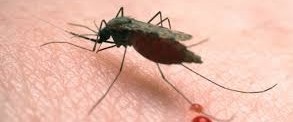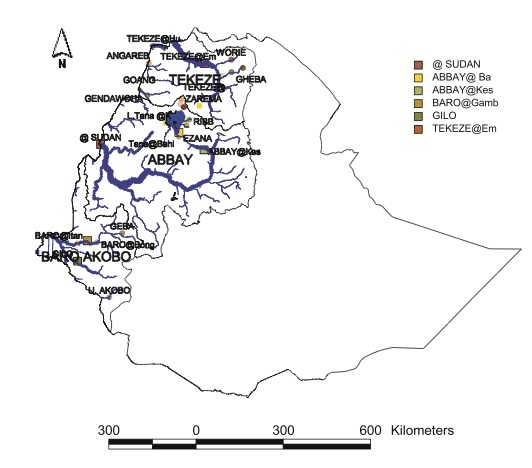Loha E, Lunde TM, Lindtjørn B. Effect of Bednets and Indoor Residual Spraying on Spatio-Temporal Clustering of Malaria in a Village in South Ethiopia: A Longitudinal Study. PLoSONE 2012; 7(10): e4735.
 Background
Background
Understanding the spatio-temporal pattern of malaria transmission where prevention and control measures are in place will help to fine-tune strategies. The objective of this study was to assess the effect of mass distribution of bednets and indoor residual spraying (IRS) with insecticides on the spatio-temporal clustering of malaria in one malaria endemic village in south Ethiopia.
Methods
A longitudinal study was conducted from April 2009 to April 2011. The average population was 6631 in 1346 locations. We used active and passive searches for malaria cases for 101 weeks. SatScan v9.1.1 was used to identify statistically significant retrospective space–time clusters. A discrete Poisson based model was applied with the aim of identifying areas with high rates. PASW Statistics 18 was used to build generalized Poisson loglinear model.
Results
The total number of both types of malaria episodes was 622, giving 45.1 episodes per 1000 persons per year; among these, episodes of Plasmodium falciparum and vivax infection numbered 316 (22.9 per 1000 per year) and 306 (22.2 per 1000 per year), respectively. IRS with Dichlorodiphenyltrichloroethane (DDT) and later with Deltamethrin and free mass distribution of insecticide-treated nets (ITNs) were carried out during the study period. There was space–time clustering of malaria episodes at a household level. The spatio-temporal clustering of malaria was not influenced by free mass distribution of ITNs; however, the time-span of the spatio-temporal clustering of malaria cases ended after IRS with Deltamethrin. The presence of clusters on the south-east edge of the village was consistent with the finding of an increasing risk of acquiring malaria infection for individuals who lived closer to the identified vector breeding site.
Conclusion
The risk of getting malaria infection varied significantly within one village. Free mass distribution of ITNs did not influence the spatio-temporal clustering of malaria, but IRS might have eliminated malaria clustering.
________
(This paper was also been presented at a conference that BioMed Central, in conjunction with its journals Malaria Journal and Parasites & Vectors, hosted. The second malaria conference “Challenges in Malaria Research: Progress Towards Elimination” was held in Basel, Switzerland from 10 – 12 October 2012).

